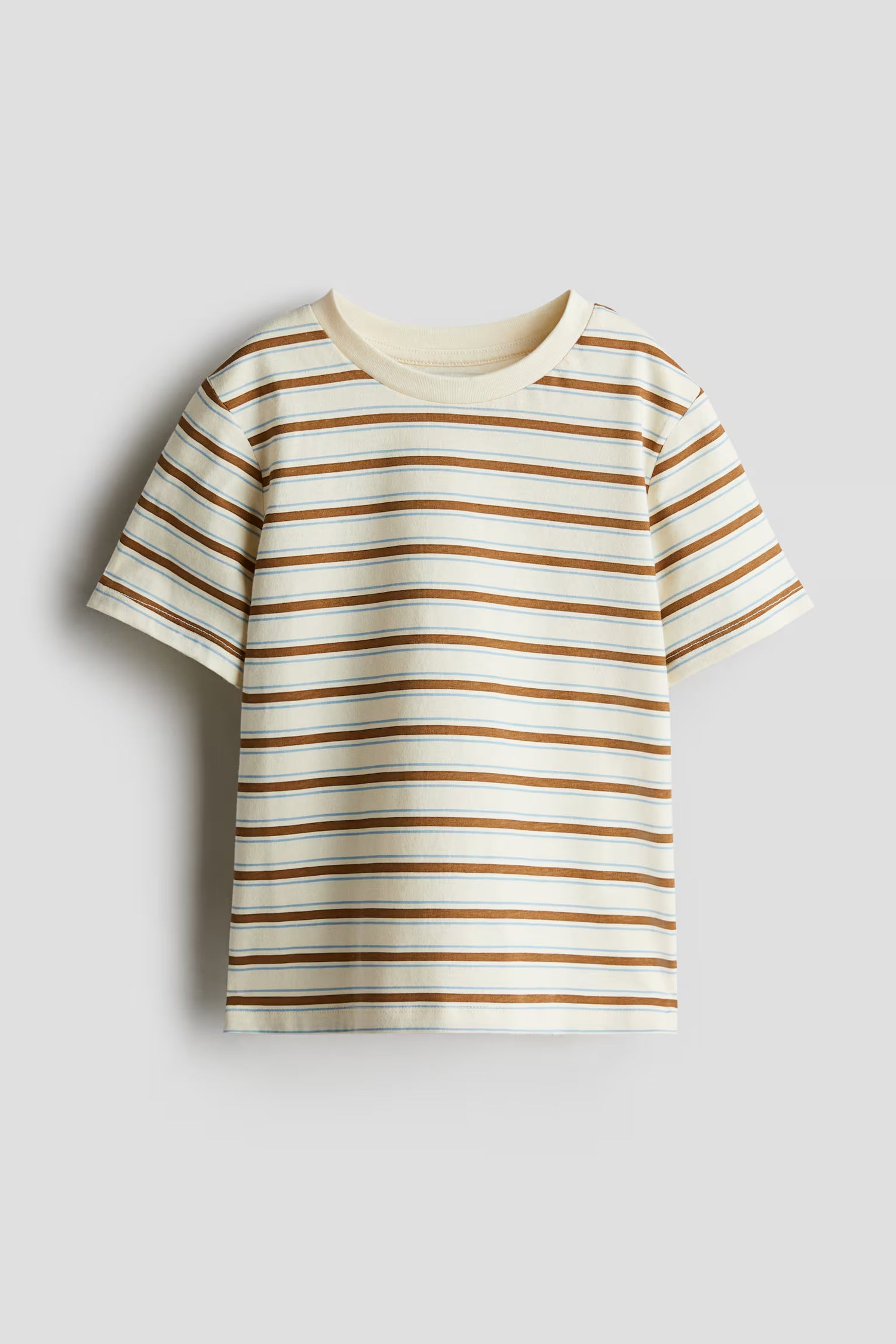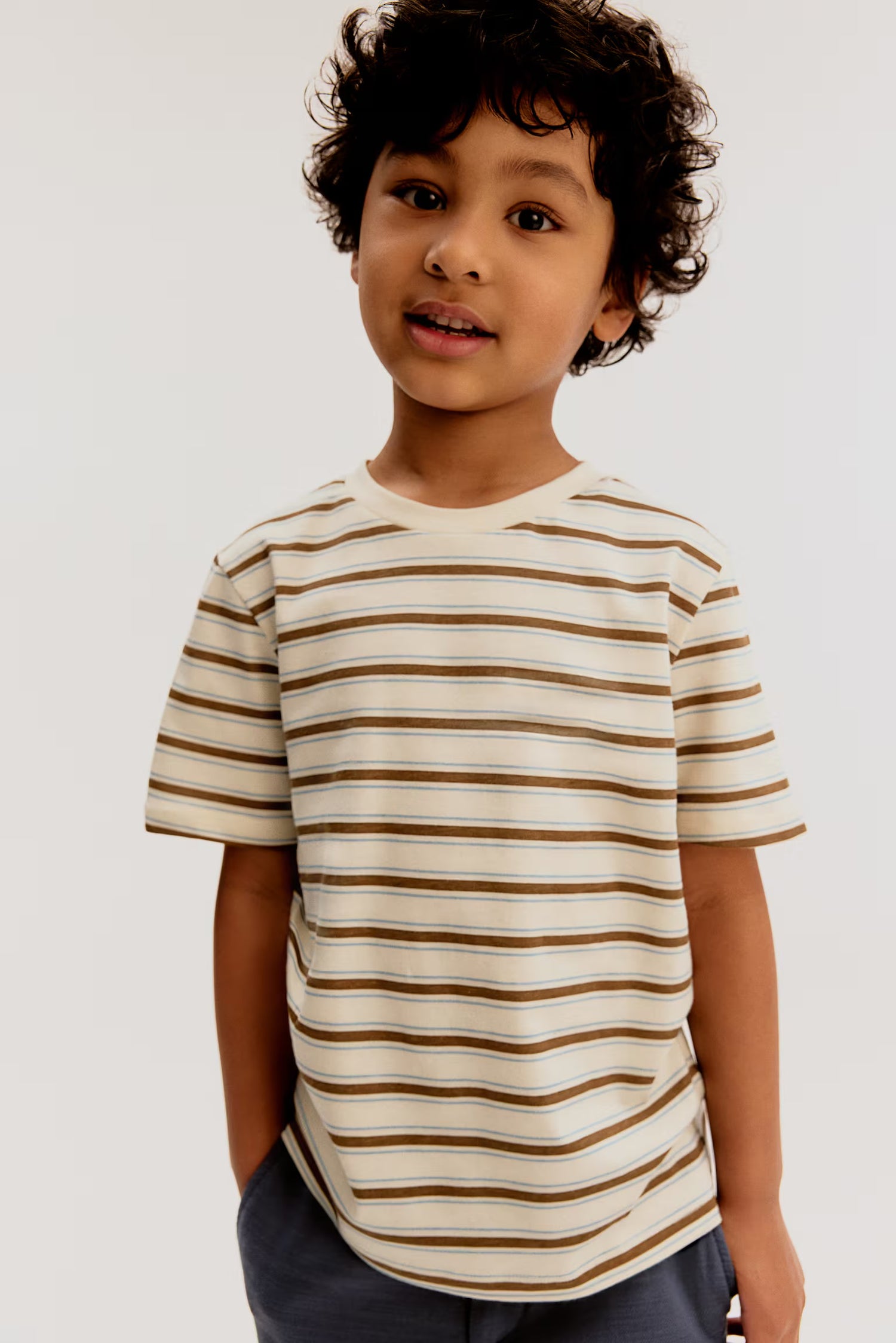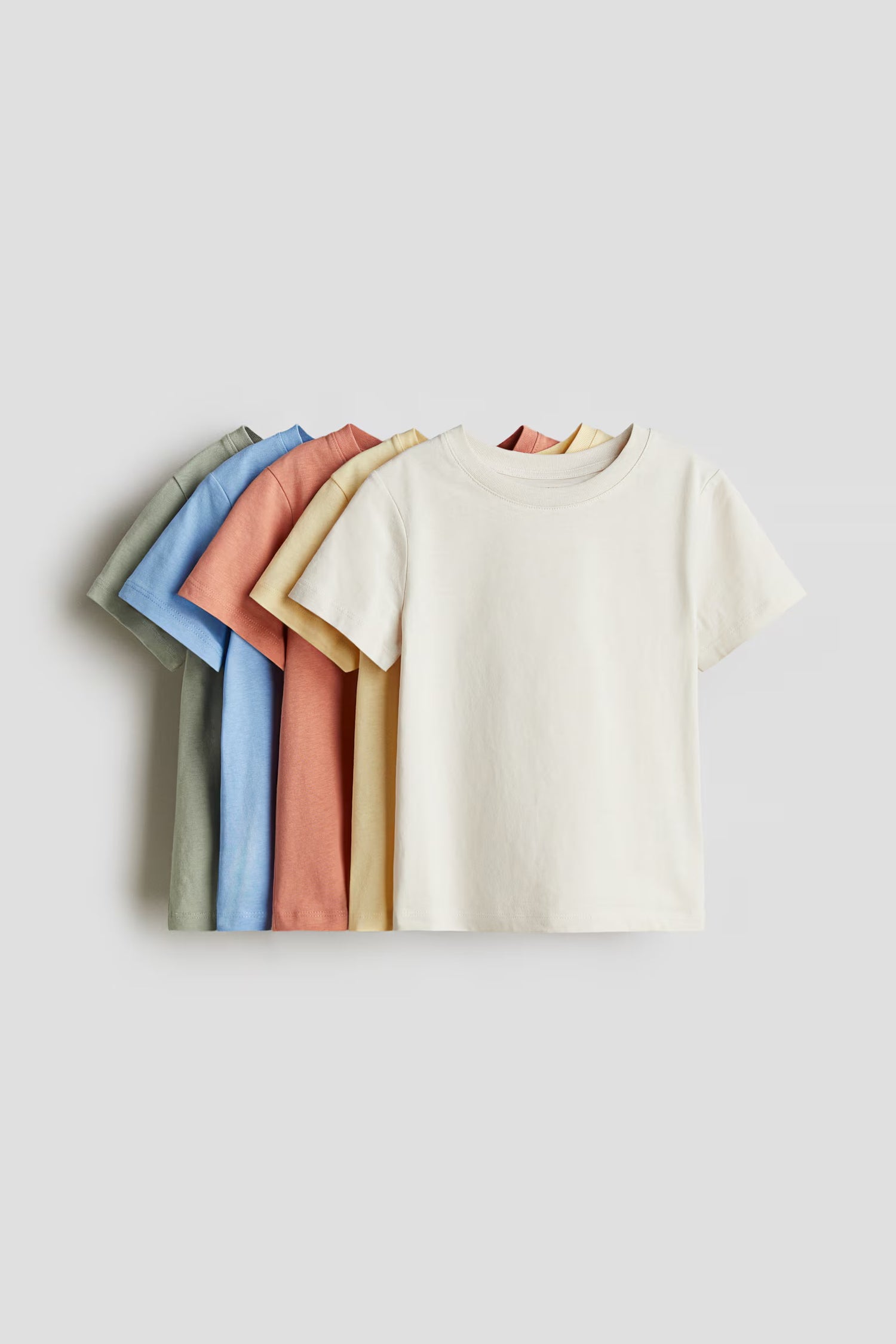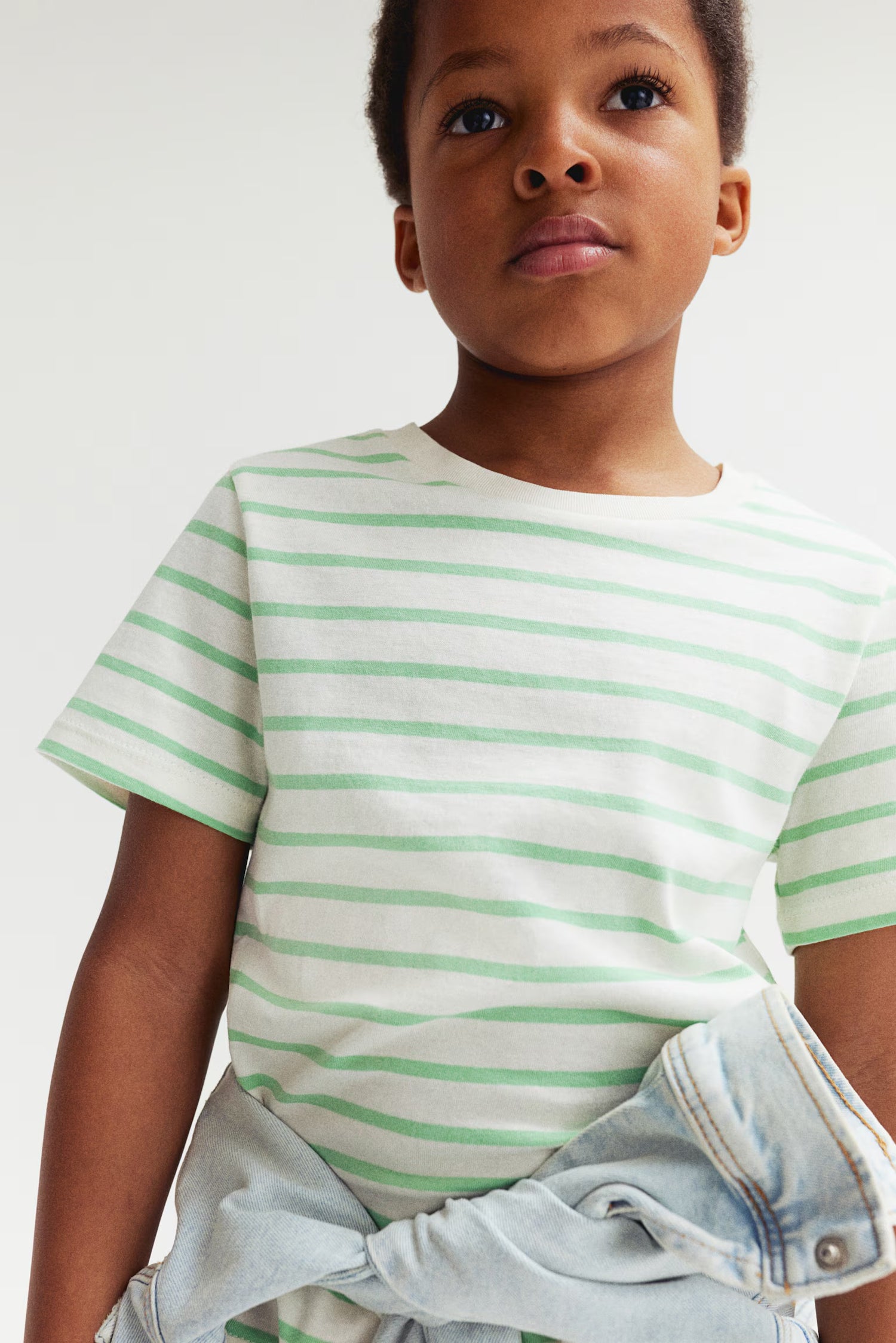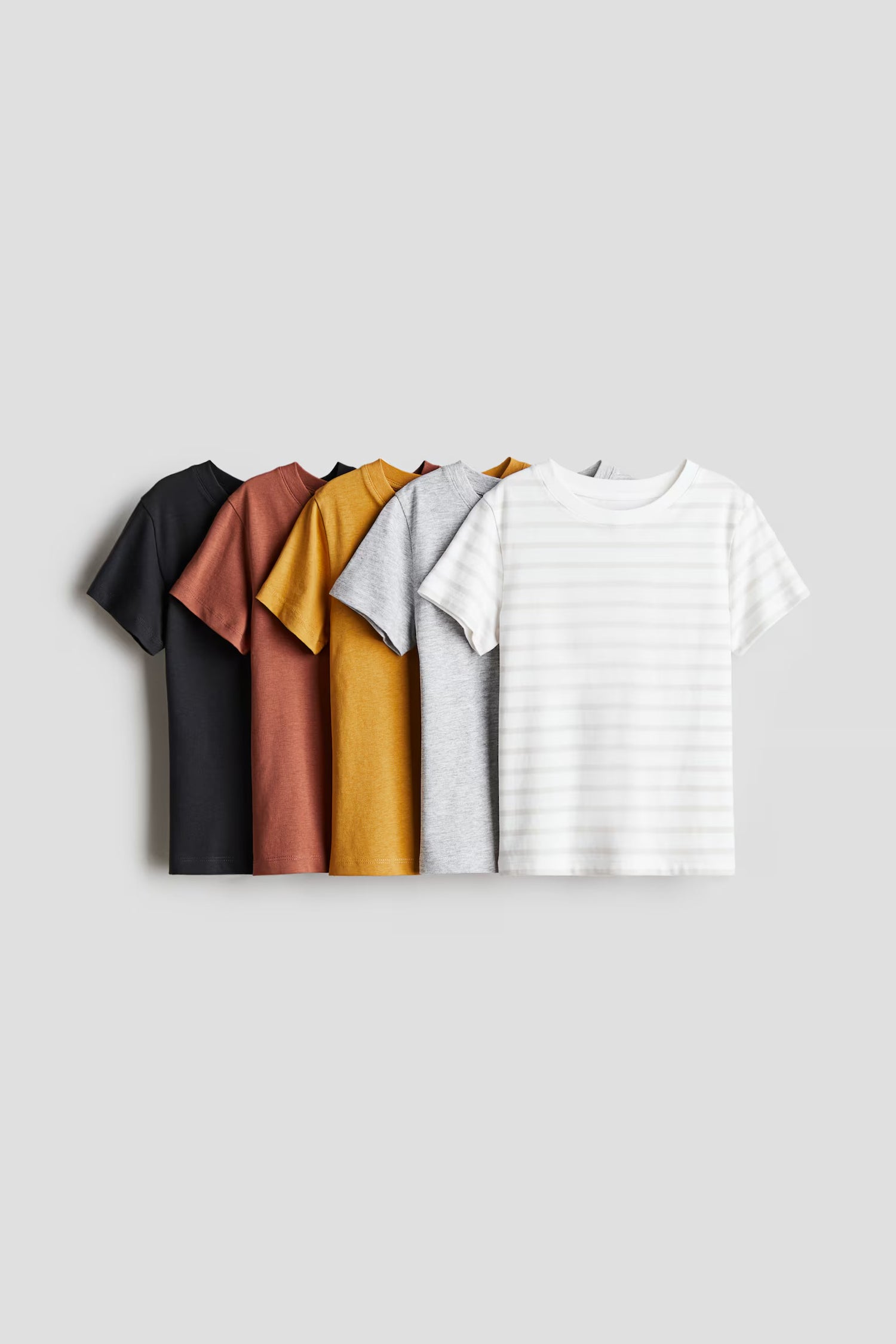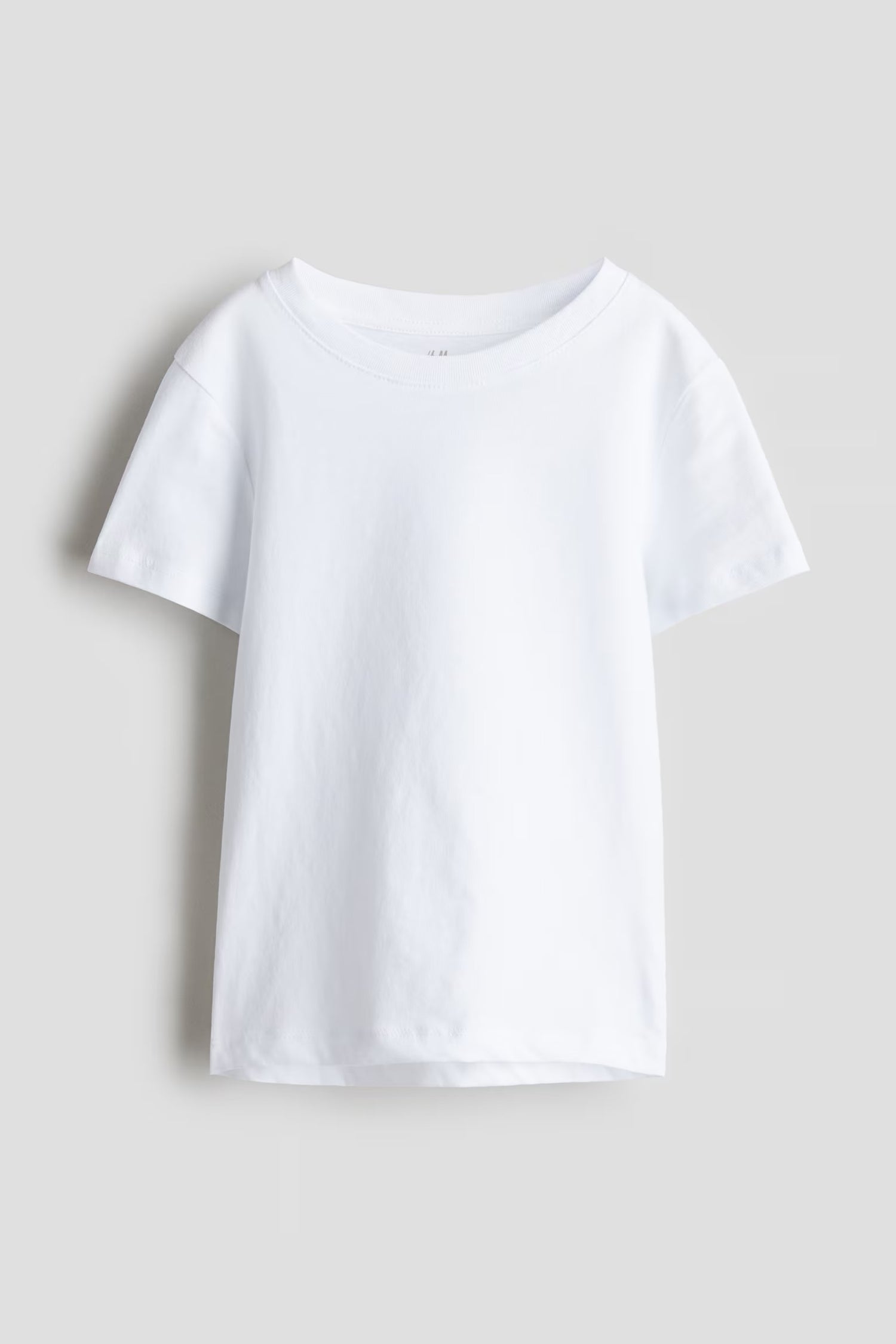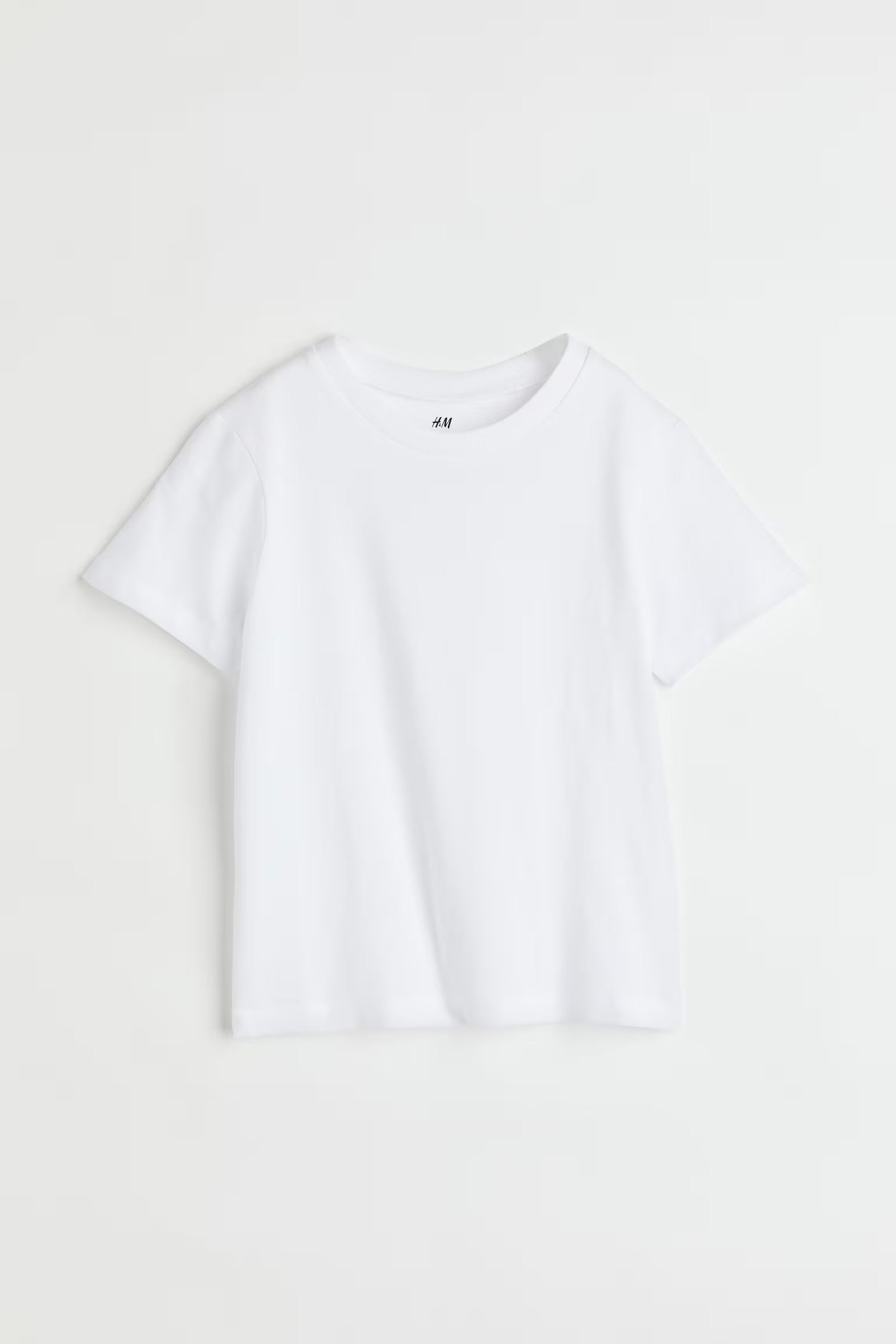When it comes to keeping kids warm in winter, choosing the right fabric is essential. Two of the most commonly used materials for winter clothing are merino wool and cotton. But which one truly offers better warmth and comfort for your child during the cold months?
In this blog, we’ll compare these two materials based on warmth, moisture management, breathability, and overall suitability for children’s winter wear.
1. The Basics of Merino Wool and Cotton
Merino Wool
Merino wool comes from the Merino sheep, known for producing ultra-fine, soft fibers. It’s widely regarded as one of the best natural fibers for insulation and temperature regulation. Unlike traditional wool, merino wool is soft, non-itchy, and highly versatile, making it ideal for kids’ winter clothing.
Cotton
Cotton is a natural fiber derived from the seeds of cotton plants. It’s soft, breathable, and widely used in clothing for its comfort and affordability. While cotton works well for everyday wear, its performance in cold and wet conditions often falls short compared to other materials.
2. Warmth: Which Material Retains Heat Better?
When it comes to warmth, merino wool outperforms cotton.
Merino wool provides excellent insulation by trapping warm air close to the body. Its fibers naturally create tiny air pockets that help retain heat, even in freezing conditions. Additionally, merino wool is temperature-regulating, which means it keeps your child warm without causing overheating.
Cotton, on the other hand, struggles to keep the cold out. While cotton feels soft and cozy initially, it lacks the insulating properties of wool. Once cotton becomes damp from sweat or snow, it loses its ability to retain heat, leaving your child feeling cold and uncomfortable.
3. Moisture Management: Keeping Kids Dry and Comfortable
Merino wool excels in moisture-wicking, pulling sweat away from the skin and dispersing it into the air. This keeps your child dry, even during active outdoor play. Its natural ability to manage moisture prevents the discomfort and chill that often come with damp clothing.
In contrast, cotton is known to absorb moisture rather than wick it away. A cotton garment can hold up to 27 times its weight in water, leading to a heavy, wet, and uncomfortable fit. For kids playing in the snow or running around outside, damp cotton clothing can quickly lead to feeling cold and clammy.
4. Breathability: Balancing Warmth and Airflow
Both merino wool and cotton are breathable, but merino wool offers superior temperature regulation. This means it keeps your child warm in the cold while allowing excess heat and moisture to escape when they’re active.
Cotton is breathable in mild conditions but struggles in cold weather. Once wet, it loses its breathability, trapping moisture close to the skin. This can lead to discomfort and even increase the risk of hypothermia in freezing temperatures.
5. Comfort and Softness: What’s Best for Kids?
Comfort is a top priority when dressing kids for winter, and both materials offer softness. However, merino wool provides softness without the itchiness typically associated with traditional wool. Its fine fibers feel gentle against the skin, making it perfect for children with sensitive skin or conditions like eczema.
Cotton is undeniably soft and comfortable in dry conditions, but its tendency to retain moisture and lose shape can lead to discomfort during long outdoor activities.
6. Durability and Maintenance
Parents often look for durable, easy-care clothing for their children.
Merino wool is surprisingly durable, despite its softness. It’s naturally resistant to odor, wrinkles, and bacteria, which means fewer washes are needed. When cleaning is required, it’s best to use a gentle detergent. For more on wool care, visit Woolmark’s Wool Care Guide.
Cotton, while durable, requires more frequent washing, especially if it gets wet or dirty. Over time, cotton can shrink or lose its shape, reducing its effectiveness as a winter layer.
7. Environmental Impact
Both merino wool and cotton have environmental pros and cons, but merino wool is generally seen as a more sustainable option. Wool is biodegradable and renewable, as sheep are shorn annually. Some merino wool producers follow strict animal welfare and sustainability standards.
Cotton, while also natural, often requires significant amounts of water and pesticides to grow, unless sourced from organic farms. Choosing sustainably produced merino wool can be a better eco-conscious choice for families.
Which Material is Better for Winter?
For keeping kids warm, dry, and comfortable in winter, merino wool is the clear winner. Its superior insulation, moisture-wicking properties, and temperature regulation make it ideal for cold-weather wear.
Cotton, while soft and affordable, falls short in key areas such as warmth and moisture management. While it’s fine for layering in milder conditions, it’s not the best choice for the colder months.
For parents looking to invest in durable, high-performance winter wear for their children, merino wool neck warmers and accessories are worth considering. They provide the best combination of comfort, warmth, and sustainability.
